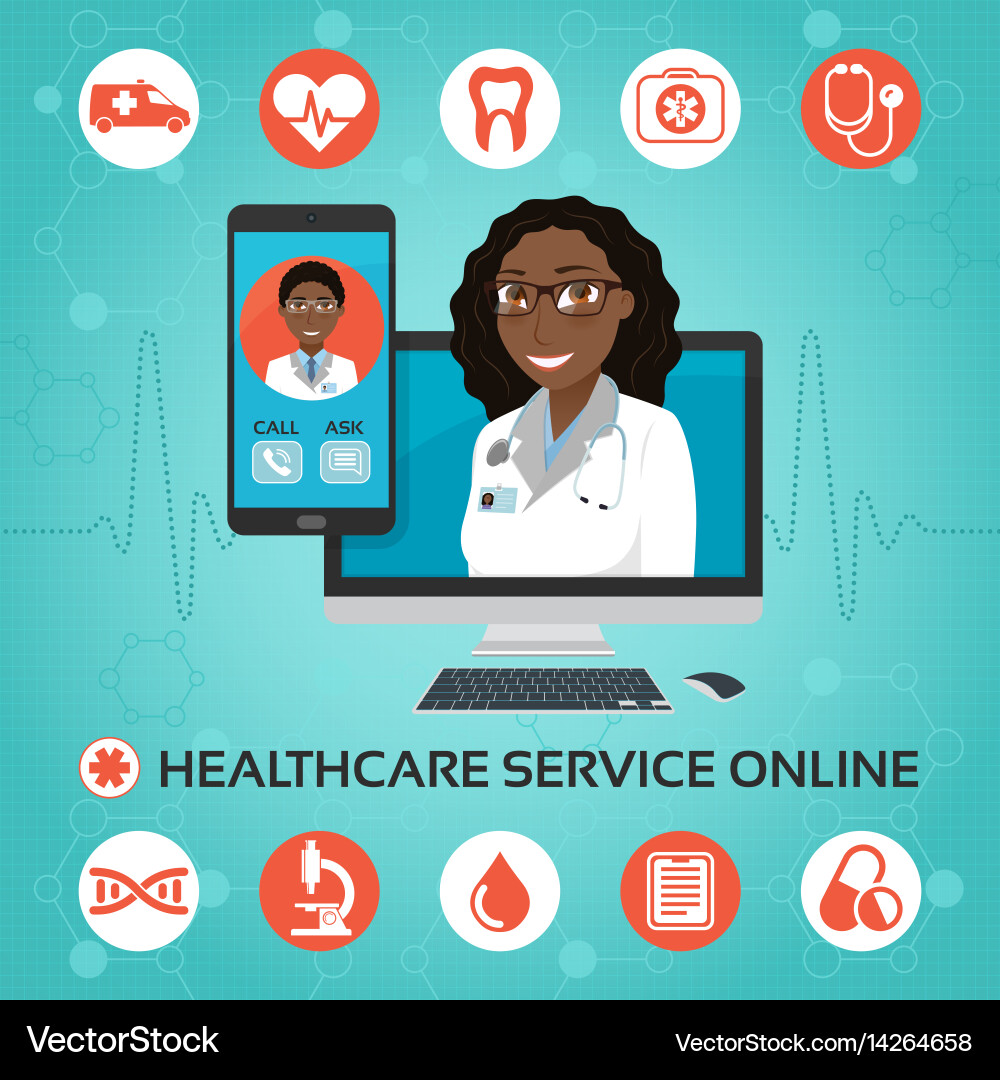A Comprehensive Overview to Subscription Based Healthcare: What You Required to Know
Wiki Article
How Subscription-Based Health Care Is Transforming the Clinical Market

The Increase of Registration Medical Care
In recent times, the health care sector has observed a substantial shift in the direction of subscription-based versions, mirroring more comprehensive customer fads favoring convenience and predictability. This transformation is driven by the increasing need for more customized and available treatment services. Subscription medical care, in some cases referred to as attendant medicine or straight health care, supplies individuals a fixed regular monthly cost for a variety of clinical services, considerably changing conventional fee-for-service versions.The rise of registration health care is promoted by developments in innovation, which make it possible for structured interaction between service providers and people - subscription based healthcare. Digital platforms and telehealth solutions have become important, providing people the ability to set up consultations, gain access to clinical documents, and obtain examinations online. This technological assimilation not just boosts patient involvement yet likewise enables service providers to deliver much more efficient care
Moreover, the membership version lines up with the evolving expectations of patients that look for even more control over their health care expenses and experiences. While this design is getting grip, its proliferation encounters difficulties such as governing difficulties and the need for more comprehensive approval within the standard health care ecosystem.
Advantages for Service Providers and clients
Subscription-based medical care uses a wide range of advantages for both individuals and service providers, reshaping the characteristics of treatment. For clients, this design supplies boosted accessibility to healthcare solutions. With a foreseeable regular monthly cost, patients can appreciate unlimited appointments, minimized wait times, and personalized care. This arrangement usually causes an extra positive method to health and wellness management, permitting for prompt interventions that can stop persistent conditions from escalating. In addition, the economic transparency of registration versions decreases the changability related to conventional fee-for-service payment, minimizing the burden of unexpected clinical expenditures.For doctor, subscription-based versions promote a more satisfying and sustainable method. By securing a stable revenue stream, companies can concentrate on providing top quality care without the pressure of volume-based service. This design motivates longer patient assessments, fostering stronger patient-provider connections and improving health and wellness results. In addition, it offers carriers the flexibility to introduce and include preventative and all natural treatment methods. Management tasks are typically structured, reducing overhanging costs and allowing suppliers to dedicate more time to client interaction. Overall, subscription-based medical care aligns the incentives of patients and suppliers, promoting an extra efficient and patient-centered medical care delivery system.
Secret Functions of the Version
Often, the vital features of the subscription-based healthcare model emphasize its unique method to delivering medical services. Central to this design is the principle of predictable, monthly repayments, offering patients an extensive variety of services without the changability of traditional fee-for-service structures. This model frequently consists of limitless access to health care solutions, preventive treatment, and regular exams, making sure that people can engage with their medical care service providers proactively instead than reactively.
Additionally, direct interaction networks, such as telemedicine and messaging systems, are stressed, allowing individuals to receive prompt guidance and assessments without requiring in-person appointments. This boosts access and comfort, especially for individuals with mobility restrictions or those staying in remote locations. The version additionally promotes stronger doctor-patient connections, as doctor are incentivized to concentrate on long-lasting wellness outcomes instead of temporary sees.
Moreover, subscription-based health care frequently incorporates technical advancements, such as digital health and wellness documents and health and wellness surveillance apps, to offer personalized and effective treatment. Individuals gain from worked with and continual treatment monitoring, which is customized to their particular wellness demands. Ultimately, these functions collectively develop a patient-centered medical care experience, focusing on access, price openness, and preventative treatment.

Difficulties and Considerations
While the subscription-based healthcare model uses many benefits, it is not without its factors to consider and difficulties. Registration models might accidentally prefer those with greater socioeconomic condition, possibly widening variations in healthcare accessibility for lower-income people who may struggle with month-to-month fees.Another challenge hinges on regulative conformity. Subscription-based health care needs to browse a complicated internet of guidelines that vary by region, consisting of problems around individual privacy, information defense, and state licensing requirements. Making Full Article certain conformity without impeding the model's versatility and innovation can be daunting for service providers.
Furthermore, there is the threat of overutilization or underutilization of services. People paying a fixed cost could overuse services, resulting in enhanced operational costs, while others may underutilize as a result of fear of straining the system, potentially overlooking needed treatment.
Future Leads and Innovations
The landscape of subscription-based medical care is positioned for change through arising innovations and advancing potential customers. As innovation continues to breakthrough, the integration of expert system and artificial intelligence provides substantial possibilities to boost analysis precision and enhance client management. Predictive analytics can reinvent precautionary treatment by identifying prospective health risks prior to they manifest, therefore decreasing both expenses and the worry on health care systems.Moreover, telemedicine is established to broaden within registration designs, you could try here offering clients increased accessibility to healthcare professionals despite geographical restraints. This not just helps with connection of care but also equips individuals to engage more actively in their wellness monitoring. Additionally, blockchain modern technology supplies possible in protecting individual information and making sure interoperability across platforms, fostering trust fund and transparency.
The advancement of tailored medicine is an additional frontier, with registration models giving an unique structure for delivering customized wellness services. Hereditary screening and personalized therapy plans can be perfectly integrated, aligning client requires with certain medical treatments. Moreover, partnerships in between technology firms and doctor are likely to yield cutting-edge remedies, improving person experiences and end results. As these prospects emerge, subscription-based health care has the prospective to redefine just how treatment is provided and accessed.
Verdict
Subscription-based health care is transforming the clinical sector by using a much more available, predictable, and patient-centered approach to clinical solutions. This model boosts patient-provider relationships, ensures economic transparency, and emphasizes precautionary treatment through unrestricted appointments and telemedicine. Regardless of difficulties such as regulatory hurdles and possible variations in accessibility, the subscription version holds guarantee for a much more personalized and efficient health care experience. As modern technology advancements, further technologies are most likely to resolve existing obstacles and maximize healthcare distribution.visit our website Membership health care, often referred to as concierge medicine or direct main care, offers individuals a fixed monthly cost for an array of clinical solutions, considerably changing typical fee-for-service versions.
Furthermore, the subscription model aligns with the advancing expectations of patients that seek even more control over their health care expenses and experiences. For patients, this version offers enhanced accessibility to healthcare solutions. On the whole, subscription-based medical care lines up the rewards of providers and people, advertising a more reliable and patient-centered medical care shipment system.
Moreover, telemedicine is established to broaden within membership designs, offering people increased access to health care experts no matter of geographical constraints. - subscription based healthcare
Report this wiki page